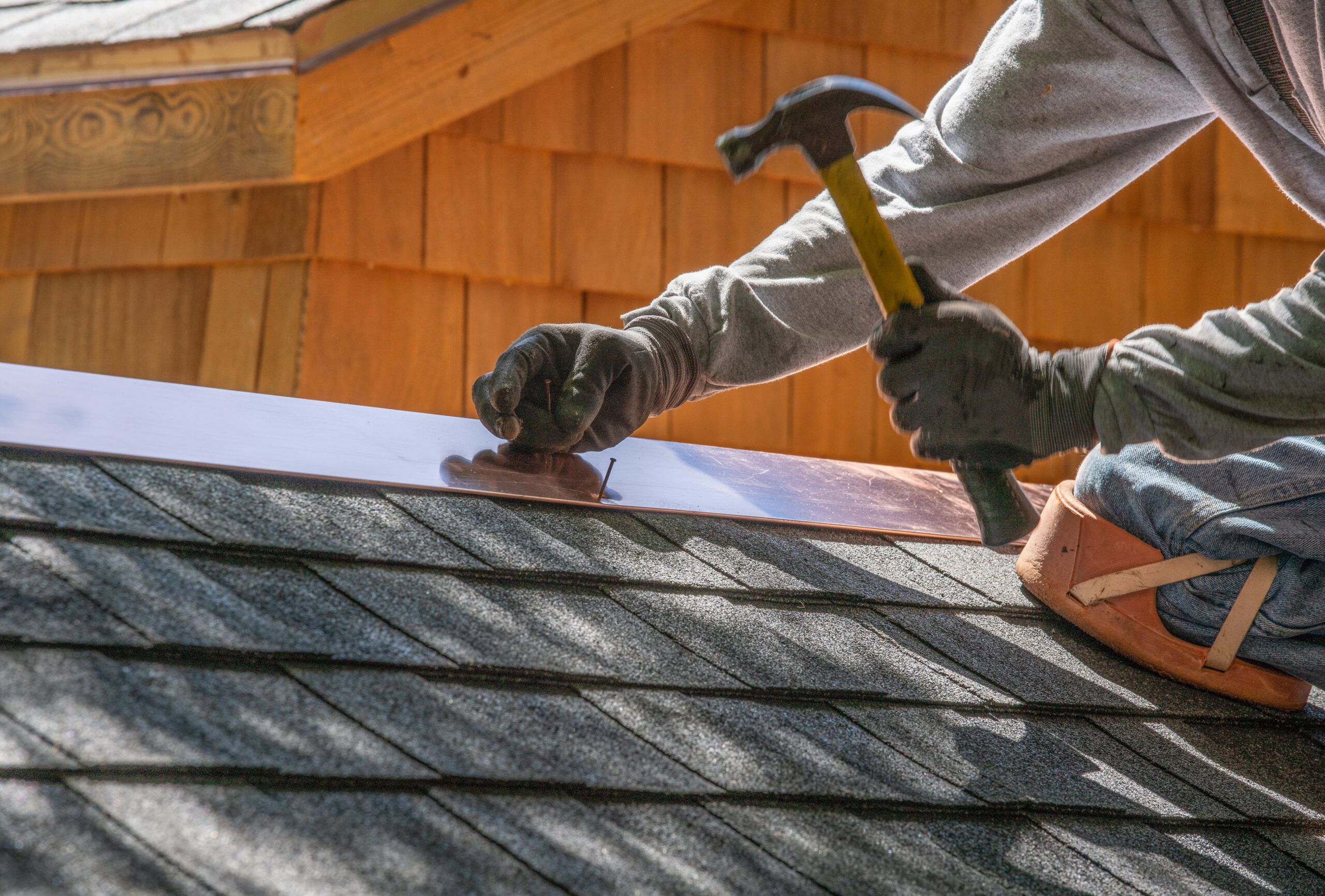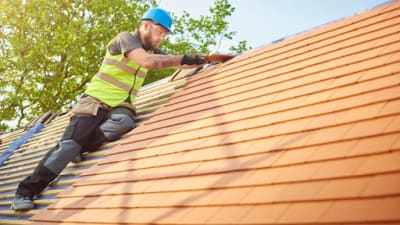Oahu Roofing: Dependable Roofing Solutions for Houses and Services
Oahu Roofing: Dependable Roofing Solutions for Houses and Services
Blog Article
Recognizing the Various Kinds Of Roof Coverings: A Comprehensive Overview for Homeowners
With a variety of alternatives-- varying from the conventional gable to the modern level-- each type provides distinct benefits and challenges that should line up with the house owner's ecological considerations and details requirements. As we explore the ins and outs of various roof covering types, it comes to be obvious that one dimension does not fit all; the appropriate option might shock you.
Saddleback Roof
Gable roof coverings, defined by their triangular shape, are among one of the most preferred roof covering styles due to their simplicity and performance in losing water and snow. This style includes 2 sloping sides that satisfy at a ridge, enabling efficient drain and minimizing the risk of water buildup. The steep pitch commonly connected with gable roofing systems boosts their ability to take care of heavy precipitation, making them ideal for various climates.
Along with their sensible advantages, saddleback roofs supply aesthetic convenience. They can be adapted to different building designs, from conventional to modern-day homes. The design can also fit extra functions such as dormer home windows, which boost natural light and ventilation in the attic room room.
Furthermore, gable roof coverings provide adequate room for insulation, adding to energy effectiveness. Homeowners can select from a selection of roof covering materials, consisting of asphalt roof shingles, steel, and ceramic tiles, better improving modification options.
Regardless of their benefits, gable roof coverings may need extra assistance in locations susceptible to high winds or heavy snowfall. Generally, the gable roof covering stays a popular selection because of its blend of performance, toughness, and aesthetic allure.
Apartment Roofs
Flat roofing systems are typically acknowledged for their minimalist style and useful applications, especially in commercial and industrial settings (oahu roofing). These roof coverings feature a nearly straight or straight surface, which enables very easy building and construction and flexible space application. While they might lack the visual allure of pitched roofs, level roofings offer many advantages, particularly in urban settings where taking full advantage of room is critical
Among the main benefits of level roofing systems is their accessibility. Property owners can use the roofing system room for various objectives, such as rooftop gardens, balconies, or solar panel installments. Furthermore, level roofings are generally a lot more affordable to preserve and set up contrasted to their sloped counterparts, as they need less materials and labor.
Usual materials made use of for level roofs include built-up roofing (BUR), modified bitumen, and single-ply membrane layers, each offering distinct advantages. Generally, level roofing systems serve as a functional and versatile option for lots of home owners and organizations alike.
Hip Roofings
Hip roofings are defined by their sloped sides that converge at the top, creating a ridge. This layout is unique from saddleback roofs, as all four sides of a hip roof incline downwards towards the wall surfaces, supplying a much more secure structure. The angle of the slopes can vary, permitting for versatility in building aesthetic appeals and capability.
One of the primary advantages of hip roofs is their capacity to hold up against heavy winds and adverse weather. The sloped surfaces enable far better water drain, reducing the threat of leaks and water damage. Additionally, hip roofs supply enhanced attic room area, which can be made use of for storage or even transformed right into habitable locations.
Nevertheless, building a hip roof can be extra complex and expensive than simpler roof covering types, such as saddleback roofs. The extra product and labor associated with developing the inclines and guaranteeing correct structural honesty can bring about higher expenditures. Despite these drawbacks, lots of property owners prefer hip roof coverings for their longevity, aesthetic charm, and potential for energy my blog performance.
Mansard Roofing Systems
Mansard roof coverings, often identified by their distinct four-sided layout, attribute two slopes on each side, with the lower slope being steeper than the top. This architectural style, originating from France in the 17th century, is not only visually attractive yet functional, as it takes full advantage of the useful room in the top floors of a structure. The high lower incline enables for even more headroom, making it an excellent selection for loft spaces or attics, which can be converted right into living rooms.
Mansard roof coverings are defined by their flexibility, accommodating various architectural styles, from traditional to modern-day. They can be constructed with various materials, consisting of asphalt roof shingles, slate, or metal, offering property owners with a series of options to match their budgets and choices. In addition, the design enables the assimilation of dormer windows, enhancing natural light and air flow in the top degrees.
Nevertheless, it is vital to think about the prospective drawbacks. Mansard roofs may require even more upkeep because of the complexity of their layout, and their steep slopes can be testing for snow and rain runoff. Overall, mansard roofs integrate style with practicality, making them a prominent option among homeowners looking for distinct architectural attributes.
Dropped Roofing Systems
As homeowners significantly seek simplicity and capability in their building styles, dropped roofings have become a prominent choice. Defined by a solitary sloping airplane, a shed roof my review here covering presents a minimal visual that complements numerous home designs, from contemporary to rustic.
One of the primary advantages of a shed roof is its uncomplicated building and construction, which frequently converts to lower labor and material expenses. This design allows for effective water drain, minimizing the danger of leakages and water damage. Furthermore, the upright slope offers enough room for skylights, boosting natural light within the interior.
Shed roofing systems additionally supply convenience in regards to usage. They can be efficiently incorporated right into enhancements, garages, or outdoor structures like sheds and pavilions. In addition, this roofing system design can accommodate numerous roof products, consisting of steel, asphalt tiles, and even green roofing systems, lining up with environment-friendly campaigns.
However, it is important to think about regional environment conditions, as heavy snow tons may necessitate modifications to the roofing system's angle or structure. In general, dropped roofs present a useful and cosmetically pleasing alternative for home owners seeking to optimize performance without compromising design.
Conclusion


Gable roofs, defined by their triangular shape, are amongst the most popular roof styles due to their simpleness and efficiency in shedding water and snow. oahu roofing. The high pitch generally linked with gable roofings enhances their capability to manage hefty precipitation, making them suitable for different environments
While they might lack the visual allure of pitched roof coverings, flat roofing systems provide numerous advantages, especially in urban atmospheres where making best use of space is important.

Report this page